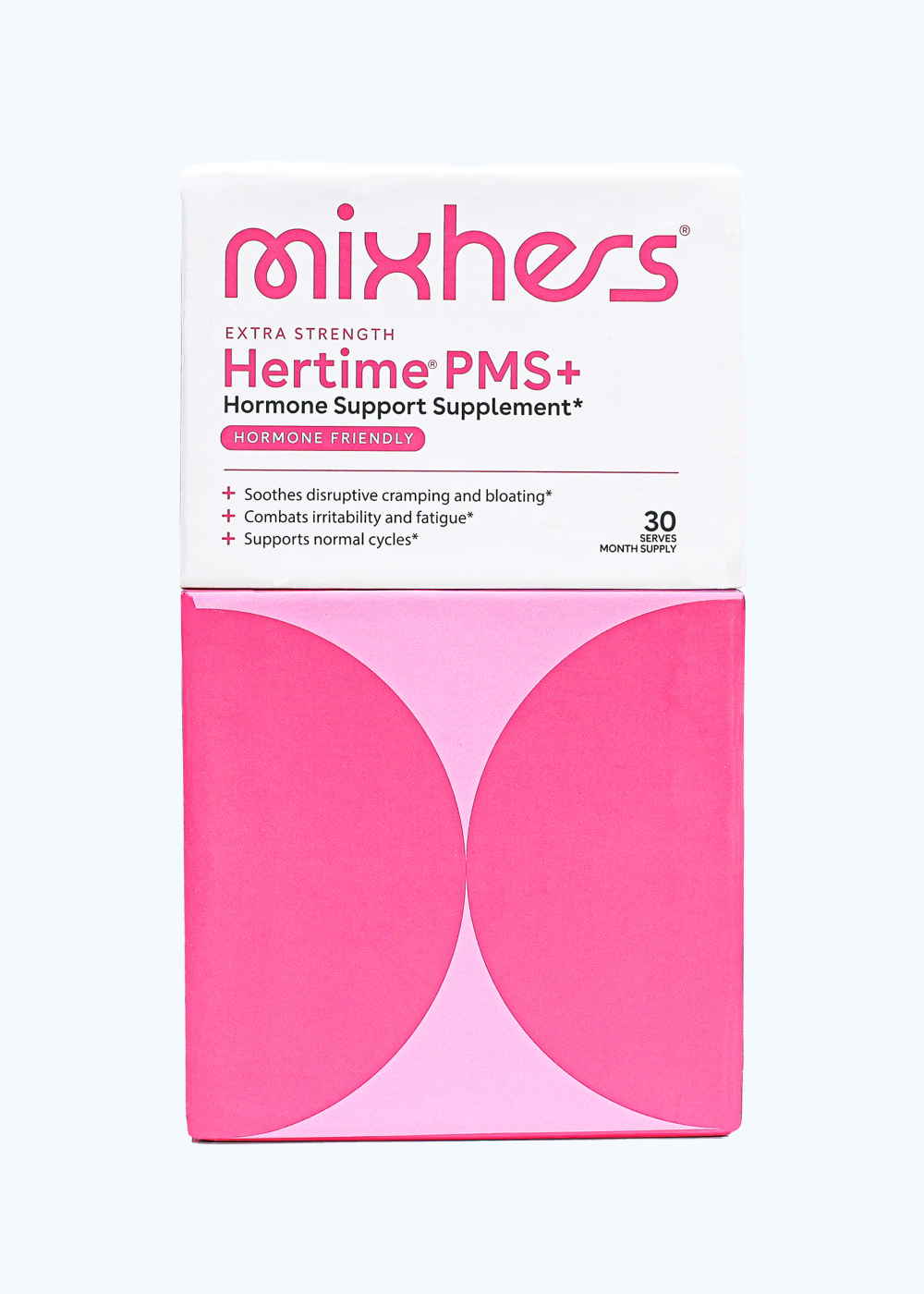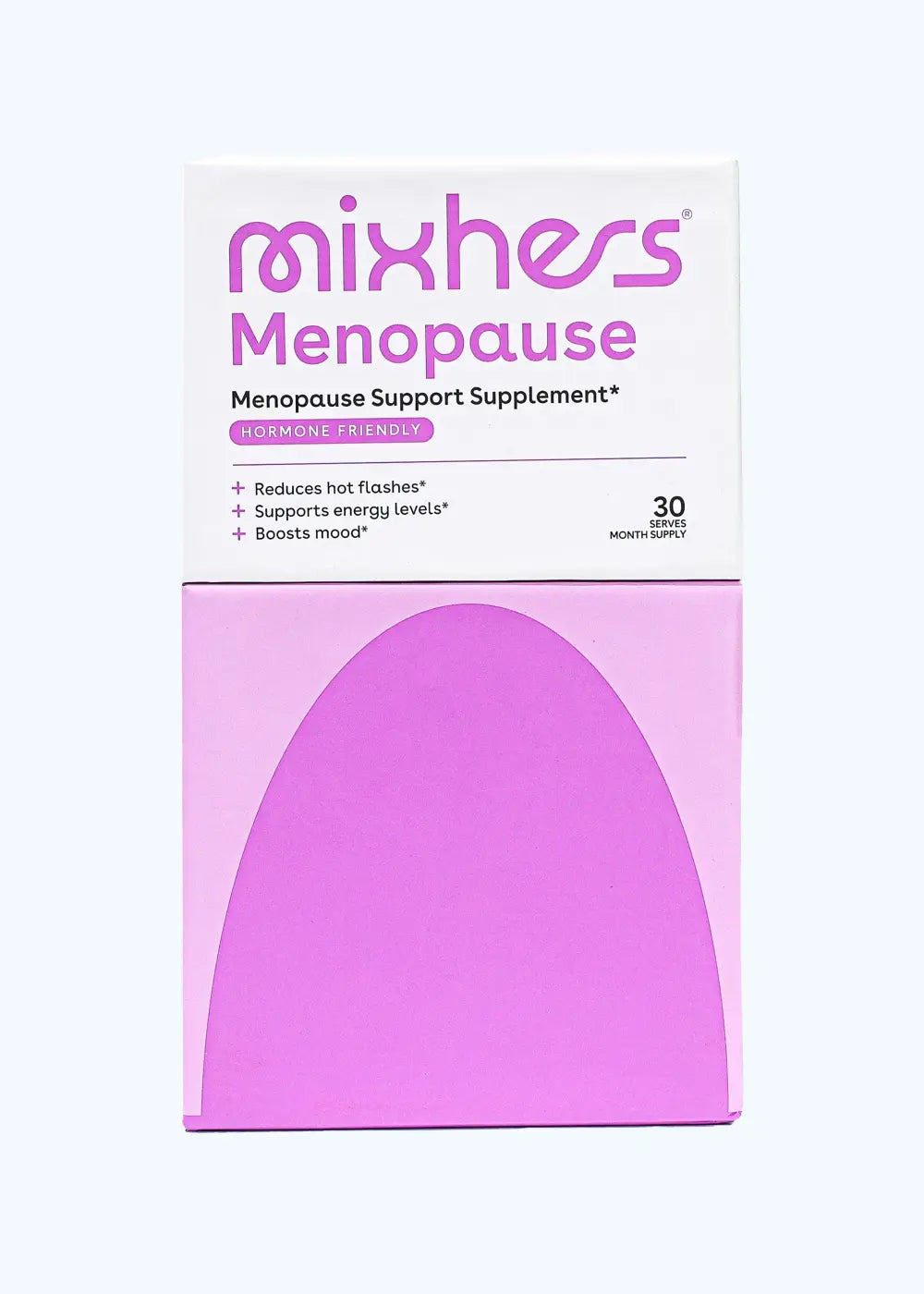The secretory phase is the time period between ovulation and the menstrual phase. It’s called the secretory phase because the lining of the uterus secretes chemicals during this phase. The primary purpose of the secretory phase is to prepare our body for implantation of a fertilized egg (or optimal endometrial receptivity).
The early secretory phase follows ovulation in the ovarian cycle (which comes right after the proliferative phase of the uterine cycle, which occurs simultaneously as the follicular phase of the ovarian cycle). Confused yet?
The female body is unique and incredible. There are two cycles happening simultaneously: Basically, our uterus is going through its own cycle that coincides with our ovarian cycle. Together, these cycles work to help prepare our body to either achieve endometrial receptivity and grow a human or shed our uterine lining each month.
The secretory phase lasts from approximately days 14 to 28 of the cycle (this coincides with the luteal phase of the ovarian cycle). During this phase, the following things happen:
The menstrual cycle is chock-full of hormone fluctuations, so it should come as no surprise that hormone changes in the body trigger the secretory (or luteal) phase. While the preceding proliferative phase of the uterine cycle was dominated by estrogen, the main hormone during the secretory phase is progesterone. Once it arrives on the scene, it gets right to work on endometrial tissue.
Though progesterone is the star in this particular act, estrogen plays a supporting role and is also produced during the early secretory phase. The increased progesterone and estrogen levels come from the corpus luteum, which we’ll discuss next.
The corpus luteum is just a fancy name for the new-and-improved Graafian follicle (the dominant ovarian follicle that emerged from its primordial follicle competition and released an egg during the ovulation phase). After the follicle performs its egg-releasing duties, it undergoes some distinct changes and starts pumping out progesterone with a little estrogen on the side. The corpus luteum is a busy little bee, kind of like the menstrual cycle’s version of the Energizer Bunny.
Progesterone and estrogen are the driving forces behind secretory endometrium changes, so our body must produce enough of these hormones to create a thick endometrium. Only a thick and spongy uterine lining can support embryo implantation.
Our endometrium (the lining of our uterus) goes through quite a transformation during the secretory phase. Thanks to the hormone progesterone, our thin endometrium becomes much thicker and more luscious than it was during the proliferative phase of our menstrual cycle.
There’s a good reason for this secretory endometrium change. We have already passed ovulation at this point in our cycle, and we may have a fertilized egg traveling through our fallopian tube to our uterus. Once it reaches our endometrium, it will need a soft, warm place to stay while it develops. Thanks to endometrial thickening, it’s possible for embryo implantation to occur.
If we were to undergo an endometrial biopsy (which can also reveal endometrial dating for fertility purposes) during the secretory phase of our menstrual cycle, we’d see a complicated matrix of epithelial and stromal cells lining our endometrium. The endometrium epithelium contains simple columnar epithelial cells. This glandular epithelium is supported by a stroma that is thick and vascular.
During the secretory phase, the epithelial cells become hypersecretory and provide the necessary nutrition for the embryo and placenta’s survival if implantation occurs. Endometrial stromal cells also increase during the secretory phase. It is this increase in the endometrial stroma that causes the endometrium to thicken in preparation for implantation.
In the late secretory phase of the menstrual cycle, the body will either support and nourish an egg after embryo implantation or prepare to shed the uterine lining if implantation hasn’t occurred.
But if implantation does occur in the late secretory phase, estrogen and progesterone levels increase rapidly and signal the body to continue providing a safe place for the developing embryo. The normal menstrual cycle is effectively put on hold for the duration of the pregnancy.
If implantation doesn’t occur, estrogen and progesterone levels drop. The enlarged stromal cells, endometrial glands, and uterine glands begin to degrade at the end of the secretory phase, triggered by a decrease in progesterone. This hormone change and the degradation triggers the next phase of the cycle: menstruation. This degradation prepares the body to enter the next phase of the cycle, which is menstrual bleeding.












